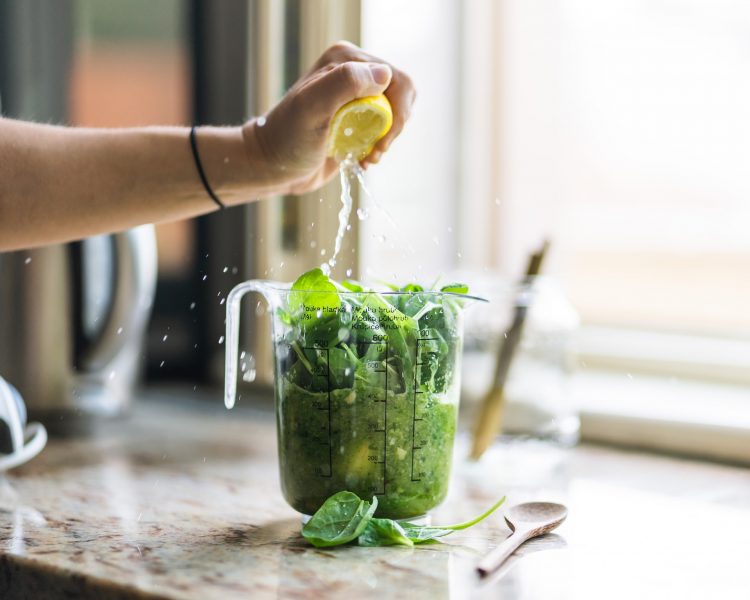If you want to find out where you can find sources of vitamins rich-foods you must know that there two main types of vitamins: those that dissolve in fat (fat-soluble vitamins) and those that dissolve in water (water-soluble vitamins). Fat-soluble vitamins are stored in the body’s fatty tissue, such as the liver, and can be used when needed. Water-soluble vitamins are not stored in the body and need to be replenished daily.
The main sources of fat-soluble vitamins are animal products, such as meat, fish, poultry, eggs, butter, and cream, as well as fortified foods such as breakfast cereals. Some plant oils, such as wheat germ oil and sunflower oil, contain small amounts of vitamin A. The main sources of water-soluble vitamins are fruits and vegetables.
Citrus fruit – including oranges and grapefruit
Citrus fruits are a rich source of vitamins and antioxidants. Oranges and grapefruits, in particular, are excellent sources of vitamin C. Just one orange provides over 100% of the recommended daily intake for this important vitamin. Vitamin C is vital for immune function, skin health, and wound healing.
Citrus fruits are also a good source of folate (vitamin B9). Folate is essential for pregnant women as it helps to prevent certain birth defects. These fruits also contain small amounts of other vitamins and minerals such as potassium, magnesium, and calcium.
The antioxidants in citrus fruits can help to protect against some chronic diseases such as heart disease and cancer. These compounds help to scavenge harmful toxins from the body and neutralize them before they cause damage. Studies have shown that eating citrus fruits regularly may help to lower blood pressure and LDL (bad) cholesterol levels while raising HDL (good) cholesterol levels.
In addition to their nutritional benefits, oranges and grapefruits are low in calories and fat-free. They make an excellent snack or addition to any meal or recipe. When buying fresh citrus fruit, look for ones that are firm with bright colored skin free from blemishes or brown spots.
Red and green peppers
Vitamin A is important for vision, skin health, and immunity. Vitamin C is an important antioxidant that helps protect cells from damage. Dietary fiber helps promote regularity and may reduce the risk of heart disease and obesity. Folic acid is important for pregnant women to help prevent birth defects. Potassium helps maintain fluid balance in the body and supports healthy blood pressure levels.
Green peppers are a member of the nightshade family of vegetables which also includes tomatoes, potatoes, and eggplant. They range in color from deep green to yellowish-green to bright red or orange. Green peppers have a slightly bitter taste due to their high chlorophyll content. Red peppers are simply ripe green peppers that have been left on the vine longer to allow them to fully mature and develop their characteristic sweetness.
Both red and green peppers can be enjoyed raw or cooked in a variety of dishes such as salads, stir-fries, pizzas, pastas, soups, stews, sandwiches wraps., or as part of a vegetable platter or antipasto plate served with dips such as hummus or guacamole.
Potatoes

While potatoes are often thought of as a starchy vegetable, they are actually a great source of vitamins and minerals. A large potato has 27% of the daily recommended intake (RDI) for vitamin C, as well as being a good source of potassium (15% RDI), magnesium (10% RDI), and iron (8% RDI).
Vitamin C is important for immunity, skin health, and blood vessel health. Potassium is essential for proper muscle function and heart health. Magnesium is involved in energy production and bone health. Iron is necessary for carrying oxygen in the blood and cognitive function.
In addition to their nutritional benefits, potatoes are also very versatile – they can be boiled, baked, roasted, mashed, or made into chips or fries. They can be enjoyed as part of a healthy diet or used as a comfort food when you need some extra warmth on a cold day.
“Vitamins are essential to human health and well-being. They play a key role in many biological processes, including cell growth and metabolism.
Sources of vitamins rich-foods – Strawberries, blueberries and blackberries

2. These fruits can help boost your immune system, fight off infections and improve your overall health.
3. Strawberries, blueberries and blackberries are also a good source of fiber which can help promote digestive health.
4. All three of these fruits are low in calories and fat, making them an ideal snack or addition to a healthy diet.
5. When selecting strawberries, blueberries or blackberries, look for those that are plump, firm and free of blemishes. Avoid those that are mushy or have mold on them as these may be indicative of spoilage.
Sources of vitamins rich-foods – Green leafy vegetables – such as broccoli and brussels sprouts
Green leafy vegetables are packed with vitamins and minerals, making them an important part of a healthy diet. Broccoli and brussels sprouts are two of the most nutrient-rich greens, providing a wide range of health benefits.
Broccoli is an excellent source of vitamins C and K, as well as fiber and folate. It also contains phytochemicals that may protect against cancer. Brussels sprouts are a good source of vitamins C and K, fiber, and folic acid. They also contain phytochemicals that may help protect against cancer.
Both broccoli and brussels sprouts are low in calories and fat, making them a great choice for those watching their weight. They’re also versatile vegetables that can be enjoyed in many different ways. Try roasting or steaming them for a simple side dish, or adding them to soups or salads for extra flavor and nutrition.
